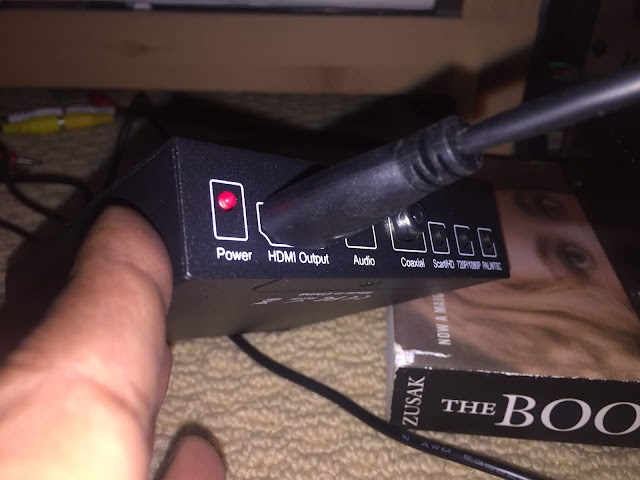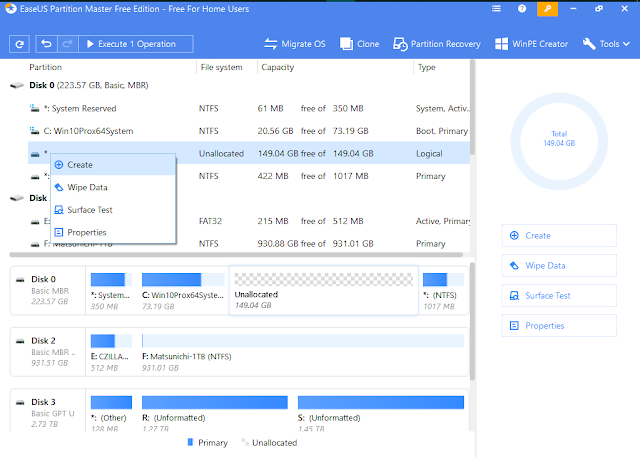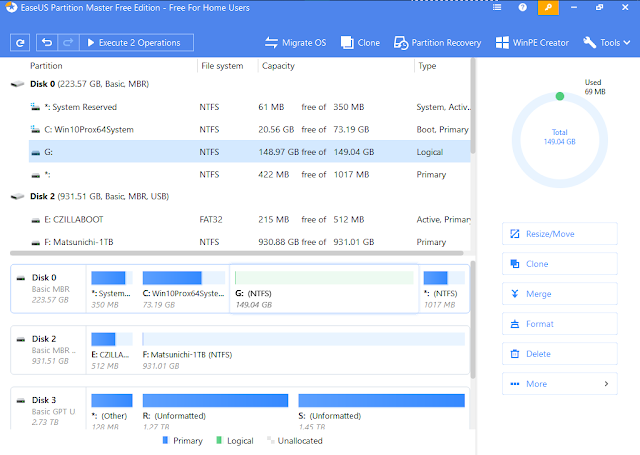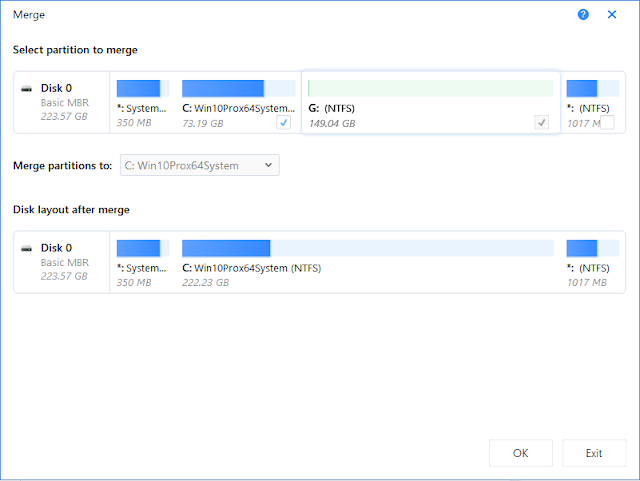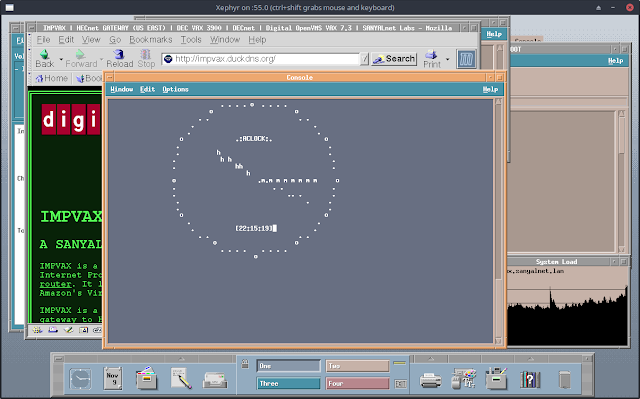In this post, I describe how to use a Sinclair ZX Spectrum in the United States. I provide detailed instructions on using a Raspberry Pi as a Cassette Player to load ZX Spectrum games from cassette tape in another post: "
ZX Spectrum TZX TAP ZIP Cassette Loader Using Raspberry Pi".
My dear loving world-traveling father brought home a first-generation Sinclair ZX Spectrum (the basic 16K model) in 1983. It is hard to say if he or I got instantly addicted more to the fascinating world of home computing using our first microcomputer.
Eventually the machine was upgraded to 48K of RAM, and then further to ZX Spectrum+ when Sinclair released that upgrade also in kit form with a better keyboard and an awesome new Reset button with instructions on wiring it. I still have that machine, but it does not power up any more.
Fortunately, when I got a bit older, I had obtained a ZX Spectrum +3. It was quite a jump from the original Spectrum with Amstrad's additions of a 3-inch CF2 floppy drive, enhanced ROM, real sound and 128K of RAM. This machine was used heavily all the way to 1988 when I put it back in the box, taped it up and basically hoarded it along with a joystick and Multiface-3 interface.
Three decades would pass while I moved to Japan and then to the United States, got married, had two children checking their pre-K through High School and college boxes and in general living the quintessential nondescript suburban American life. The Spectrums waited patiently in their taped-up boxes.
I started to really want to play with the ZX Spectrum again a couple of years ago and commenced on searching for options for connecting a microcomputer whose power adapter expects 220V 50 Hz AC mains and emits video in analog British PAL UHF television system Channel 35.
The AC mains voltage conversion problem was easily solved: there are numerous 110V to 220V step up (and conversely step down) AC transformers available at Amazon.
I never considered the 10 Hz difference in AC mains frequency of any major consequence. The worst that would happen is something like the 3-byte FRAMES counter at address 23672 increment slightly faster than every 20 milliseconds, wouldn't it?
I ended up getting the
TriGear TG100, which works great and keeps the ZX Spectrum +3 power brick happy.
Here is a picture of the T
rigear TG-100 110v-220v AC transformer feeding 220V AC to the ZX Spectrum +3 Power adapter from our US standard 110V AC mains line:
Displaying the ZX Spectrum +3 PAL UHF video signal on a modern NTSC/ATSC TV (or computer monitor) proved to be more challenging. I unsuccessfully tried two different approaches before the third approach worked. I will start off by first describing the two failed attempts and why they failed.
Failed attempt #1: PAL TV Tuner to VGA converter box
I purchased one of these
PAL/NTSC LCD Analog TV Tuner Box PIP Computer TV Program Receiver units from eBay. The unit is great - it comes with an old British-style female antenna jack that the ZX Spectrum's video cable plugs straight into. It converts PAL antenna signals (and all sorts of other video input signals) into standard VGA output, which then can be connected to a regular computer monitor or television that has a VGA port. It comes with a remote controller, power supply, a cable to connect the DIN output to a VGA monitor, and on-board software that sets it up including a channel scanning feature.
The problem with this unit is there is no user-accessible fine-tuning control. The ZX Spectrum's video modulator circuit is analog and not totally accurate, tending to drift. My attempts to get the video working with this unit were not successful; the closest I got was an extremely faint ZX Spectrum +3 main menu barely visible in the raster noise at channels 33 and 34. There is no opportunity to fine-tune from there.
Failed Attempt #2: PAL/NTSC Digital Analog Hybrid TV Tuner on a Windows XP PC
I found this
PAL/NTSC Digital/Analog Hybrid TV tuner card on Amazon and installed it in the only PCI-Express (PCI-e) slot on a old desktop computer running Windows XP. It comes with a mini-CD with the driver and software to watch TV as well as a little adapter dongle that connects its female UK-style PAL antenna connector and presents a female US-style coaxial antenna connector. The ZX Spectrum video cable connects to it without the adapter, of course.
The attempt at getting video from the ZX Spectrum displayed on the Windows XP computer's screen failed due to exactly the same reason as the PAL-to-VGA converter box: there is no way to manually fine-tune the tuner and the ZX Spectrum does not emit a precisely modulated video signal at the promised PAL UHF channel 35 frequency any more. Once again, I could see the faint outline of the ZX Spectrum +3's main menu in the grainy raster of channels 33 and 34, but had no way to fine-tune into the drifted analog video signal.
Finally, Success!
With little hope of finding an analog PAL UHF tuner with manual fine-tuning, I gave up on trying to tune into ZX Spectrum +3's PAL UHF antenna signal and focused instead on it's RGB/Peritel output. The RGB/Perital port had never been used before, but it was time to put it to work. Peritel is another name for SCART, and is also popularly known as the Euro Connector.
First, I found and ordered a RGB to
SCART Cable. They are apparently still being manufactured and available brand new from multiple sellers in the United Kingdom. I got mine from
Coolnovelties Retrogaming, Electronics and Novelty Gifts online store.
But, the TV I wanted to hook the Spectrum +3 to does not have a SCART port. It does have multiple HDMI ports. So now, I also needed something to convert the A/V signal from a SCART connector to HDMI. Luckily I found this
TNP SCART to HDMI Converter Video Audio Adapter Box with SCART/HD Switch, PAL/NTSC Video Scaler, 1080P/720P Upscaler Support HDMI Connector Output, 3.5mm AUX Jack and Coaxial Audio Output which does the job perfectly.
That was it! The two-step conversion of the ZX Spectrum +3 RGB signal to SCART and then to HDMI works great. Here are a couple of pictures of the working setup.
 |
| Sinclair ZX Spectrum +3 RGB to SCART Video Converter |
Finally, if you are wondering how I am loading Jetpac from cassette tape in the picture at the beginning of this post, I am using a Raspberry Pi to feed audio from a TZX file to the ZX Spectrum +3; this will be the subject of my next post.
Please leave comments about your thoughts, or alternative ways you may have achieved a functional ZX Spectrum in a US 110V AC voltagae and NTSC/ATSC TV environment.











